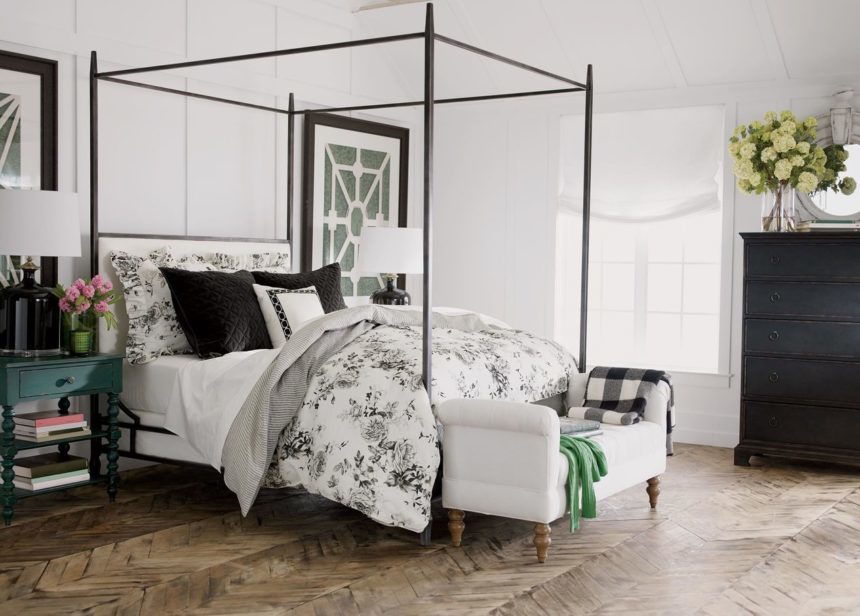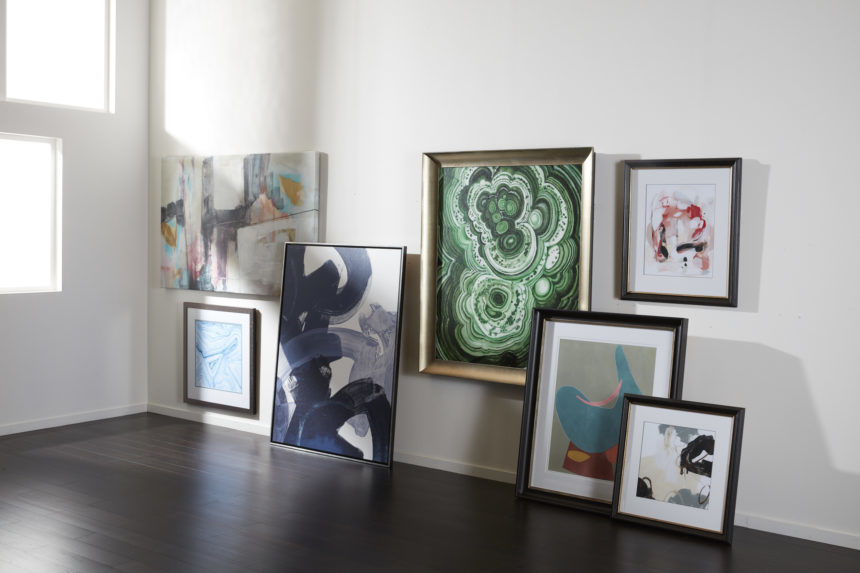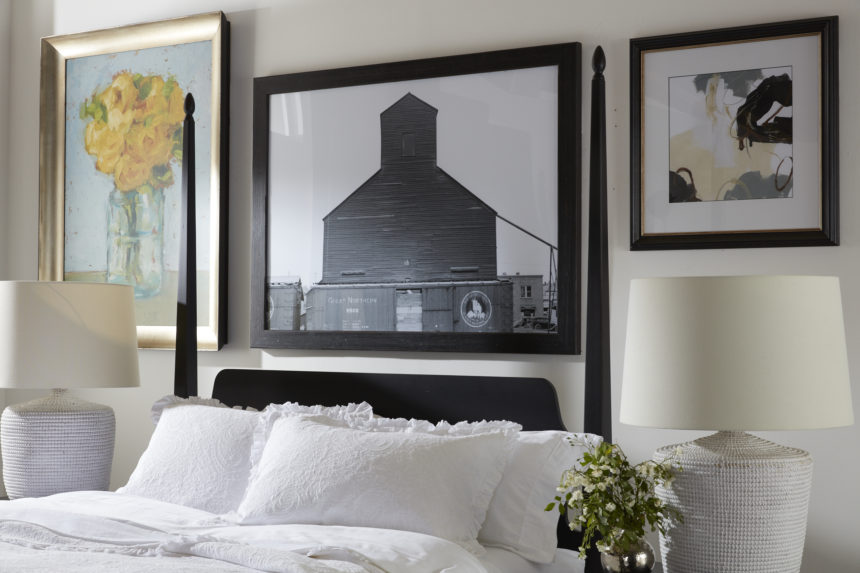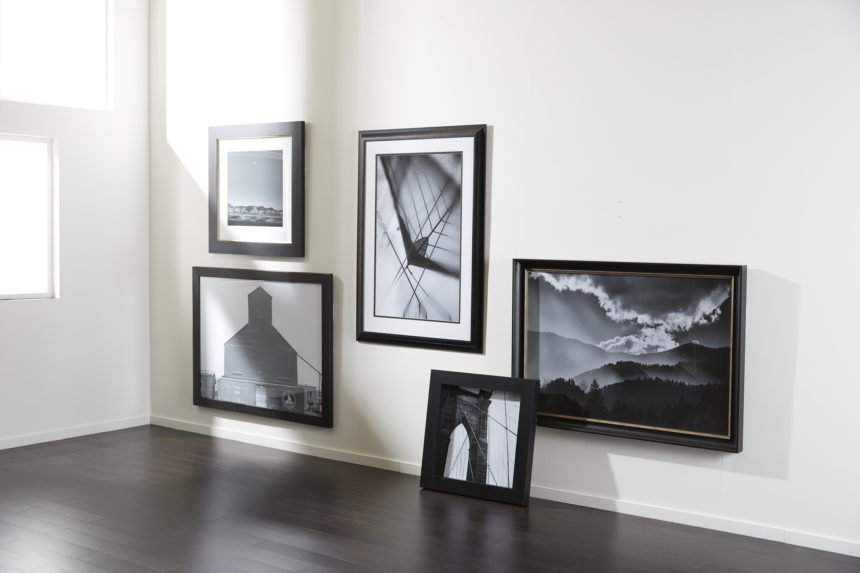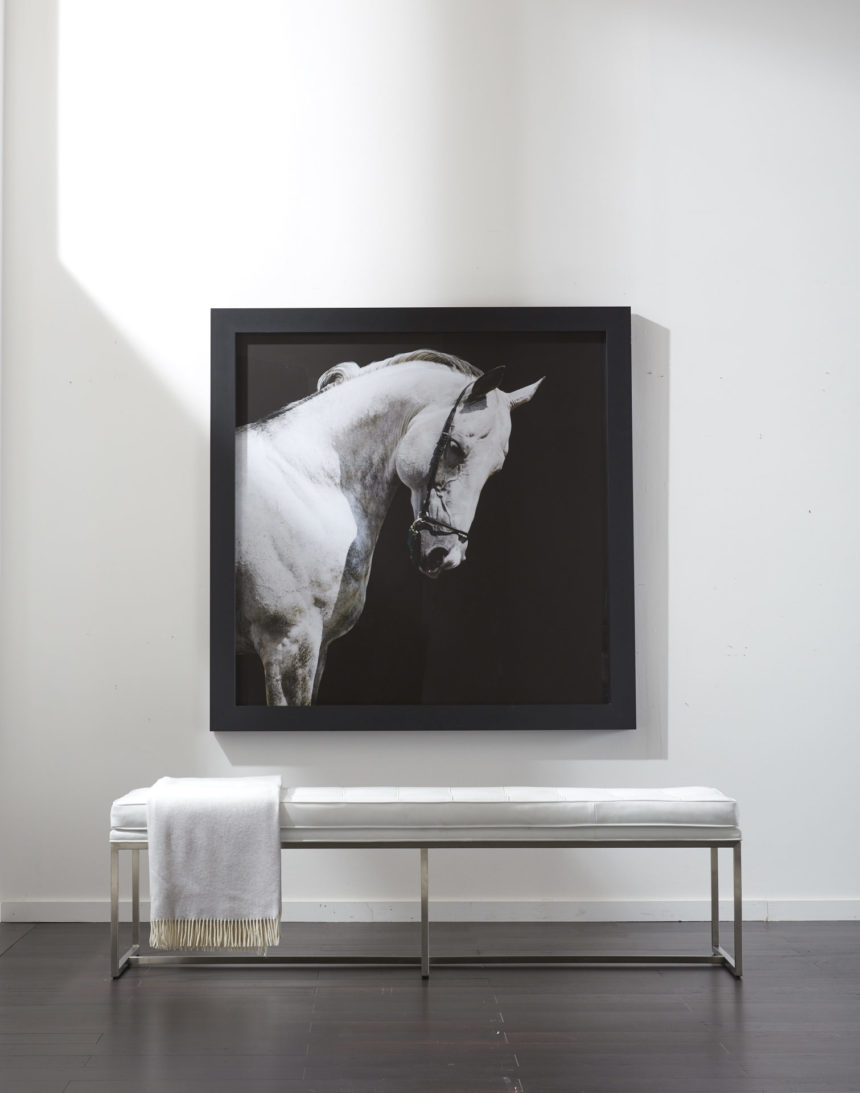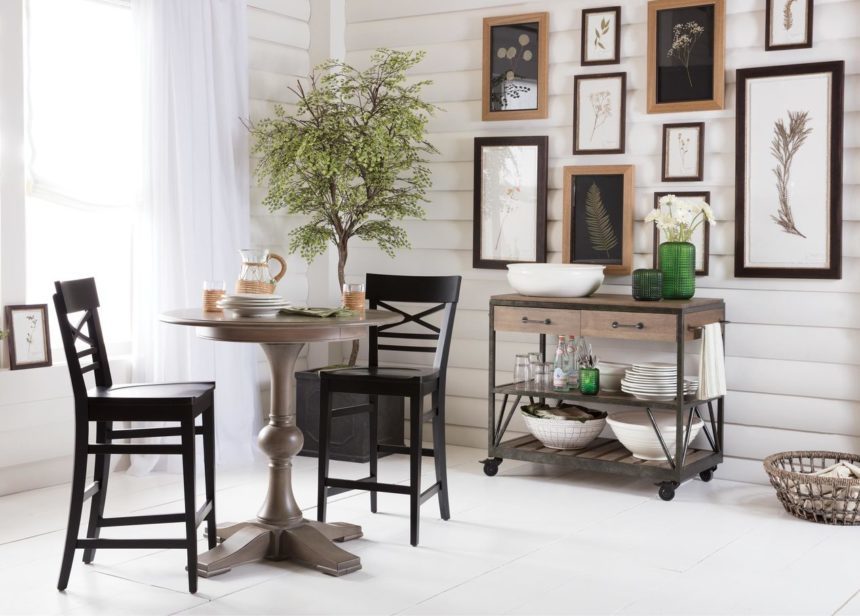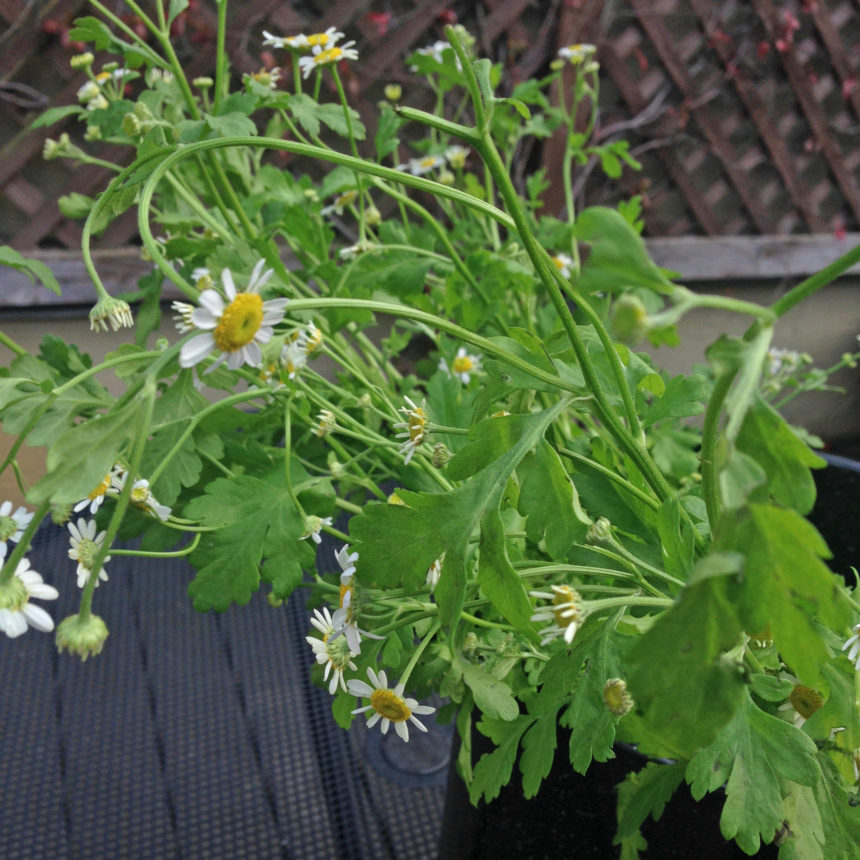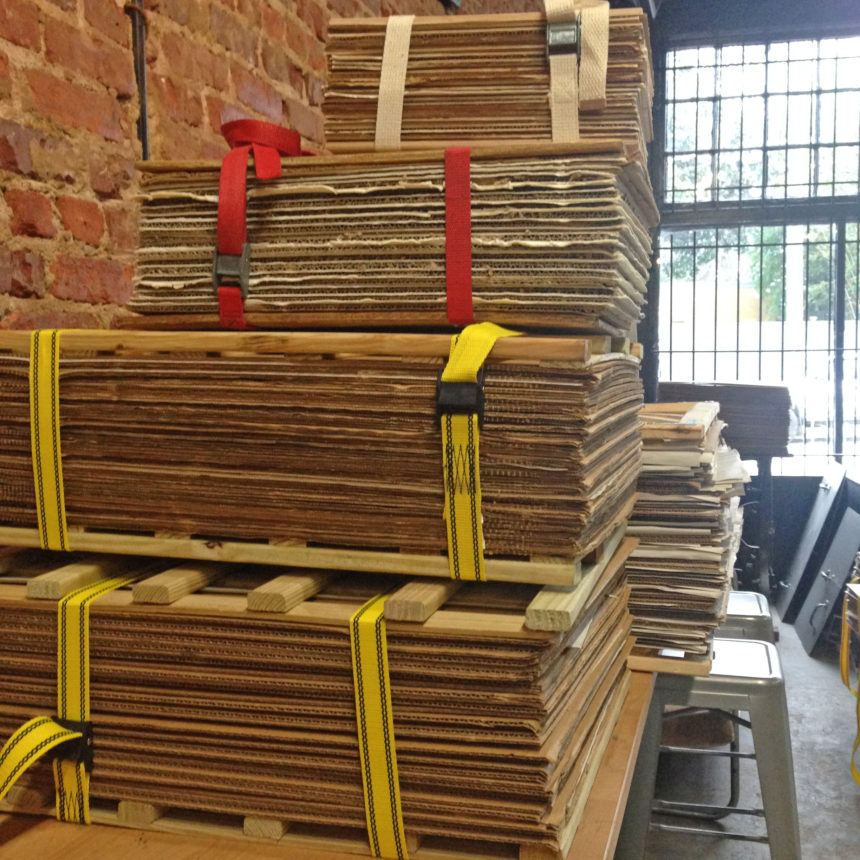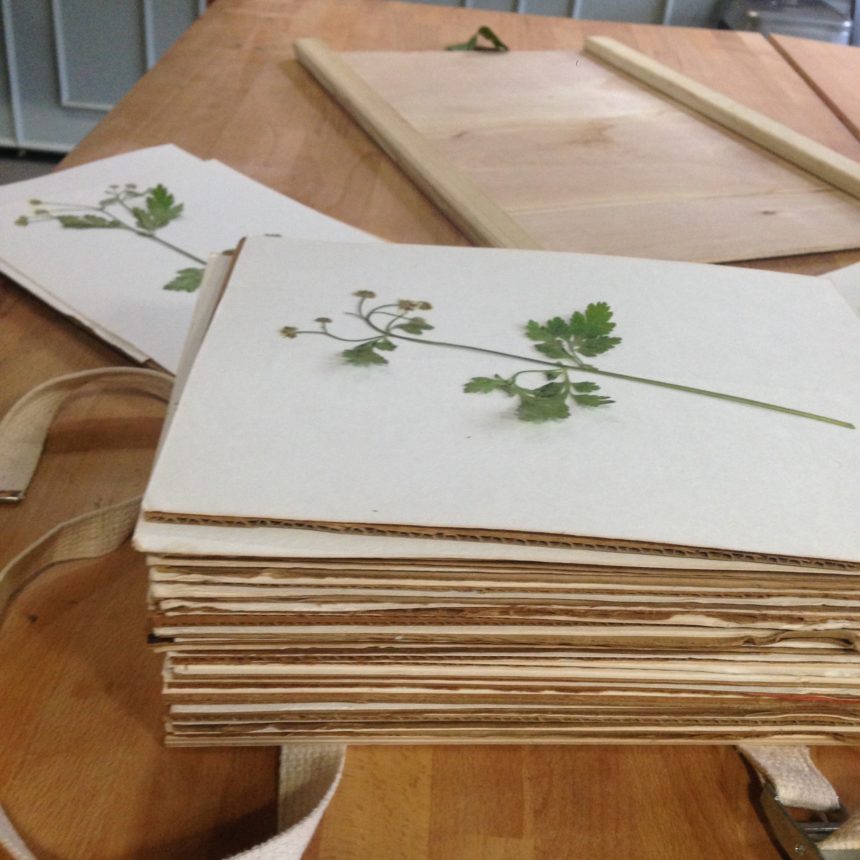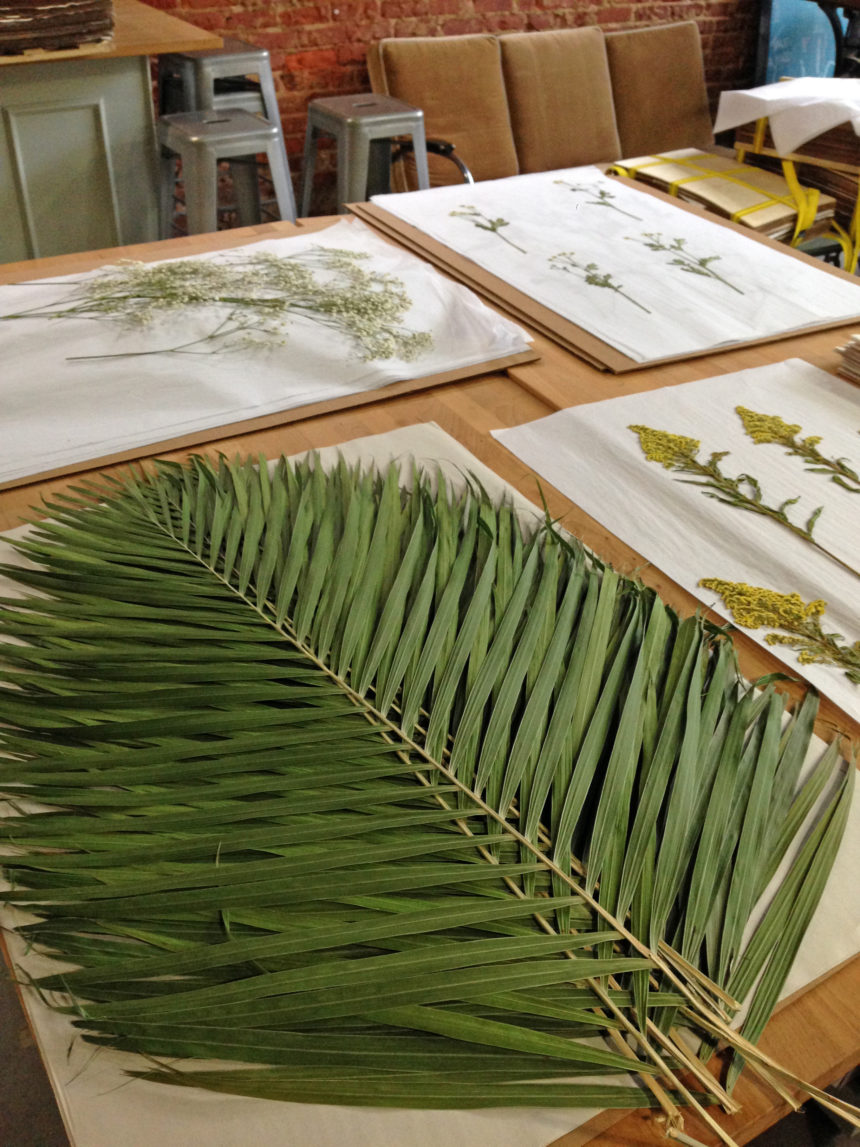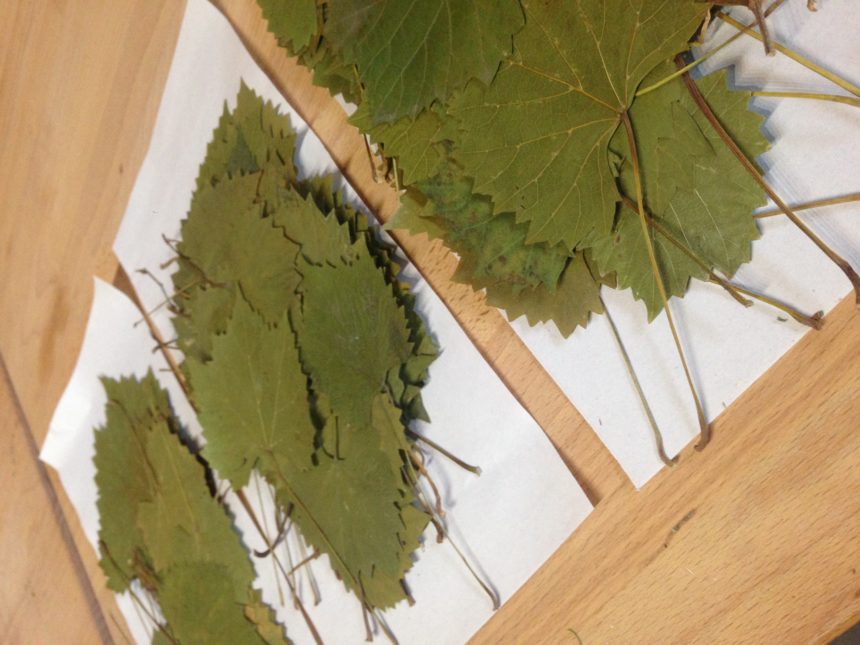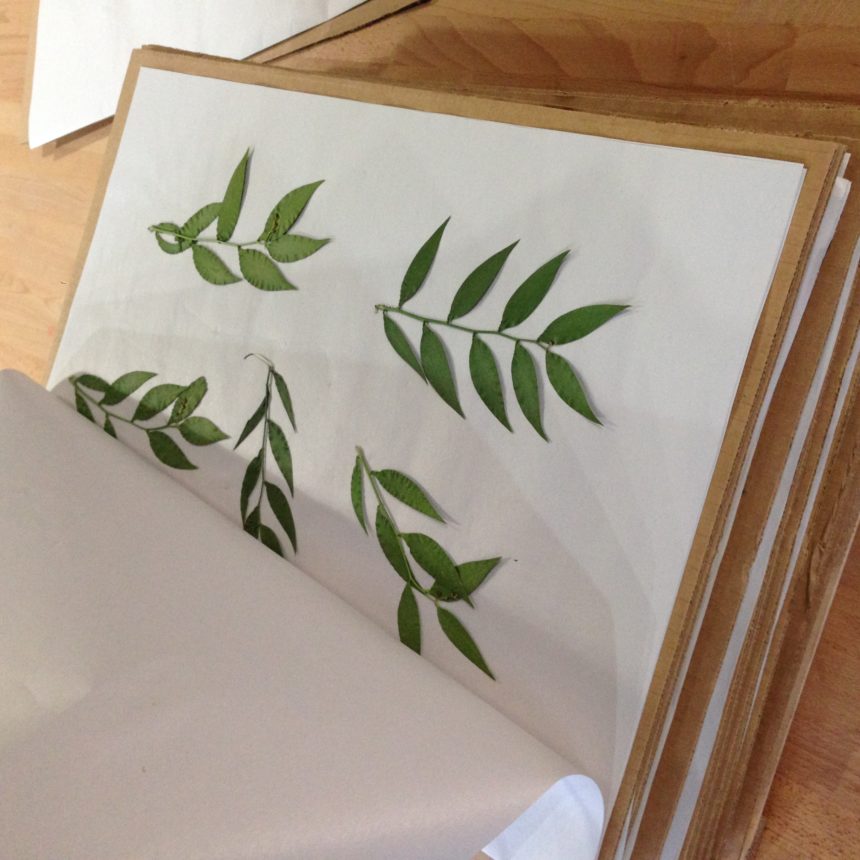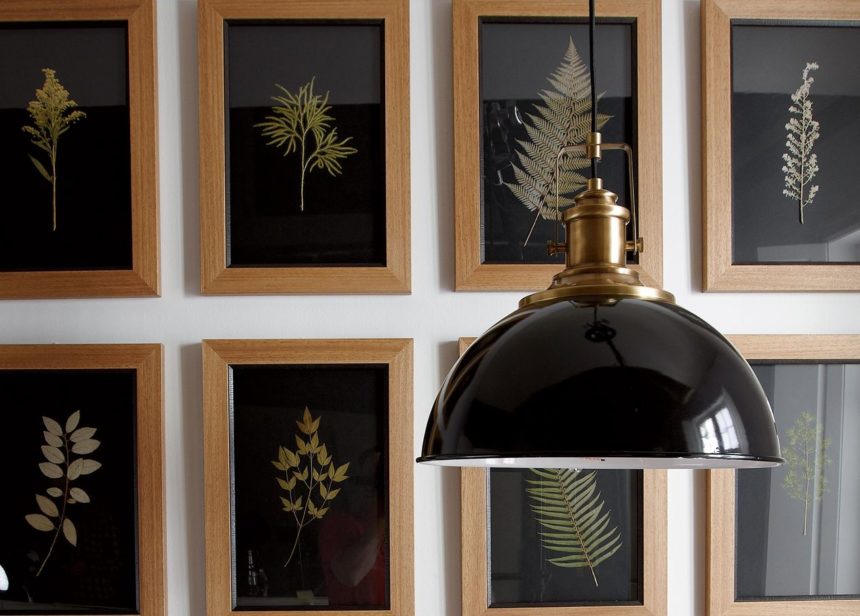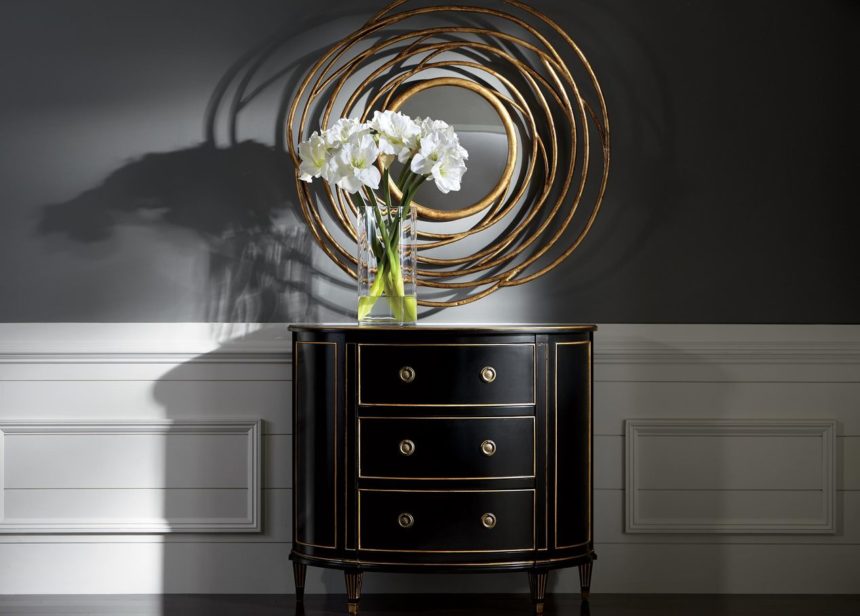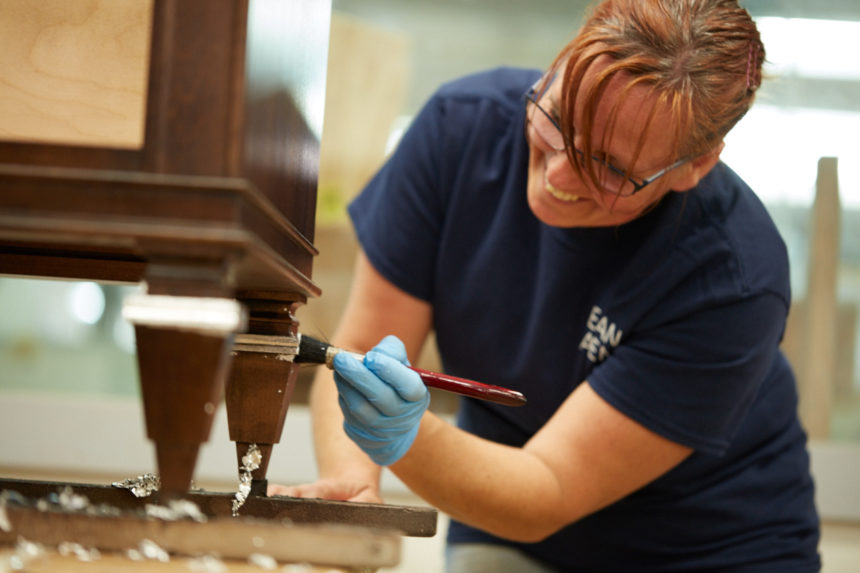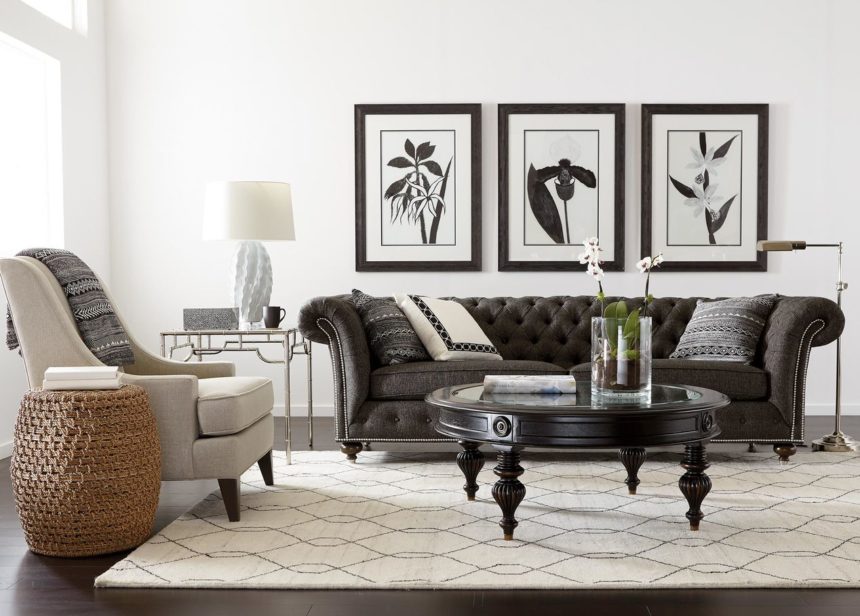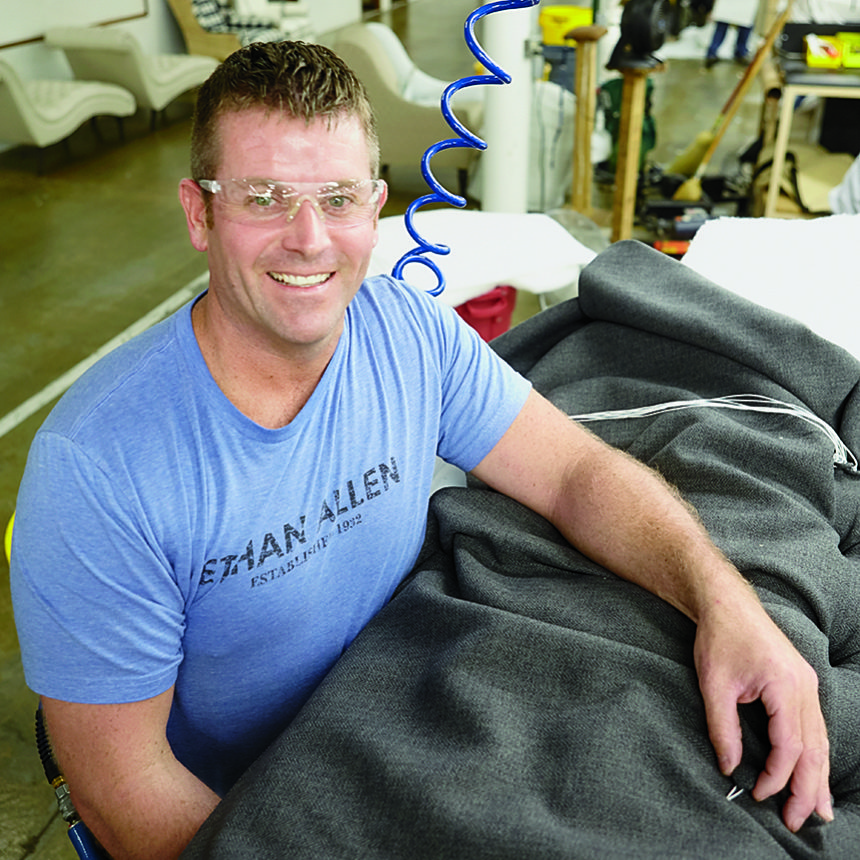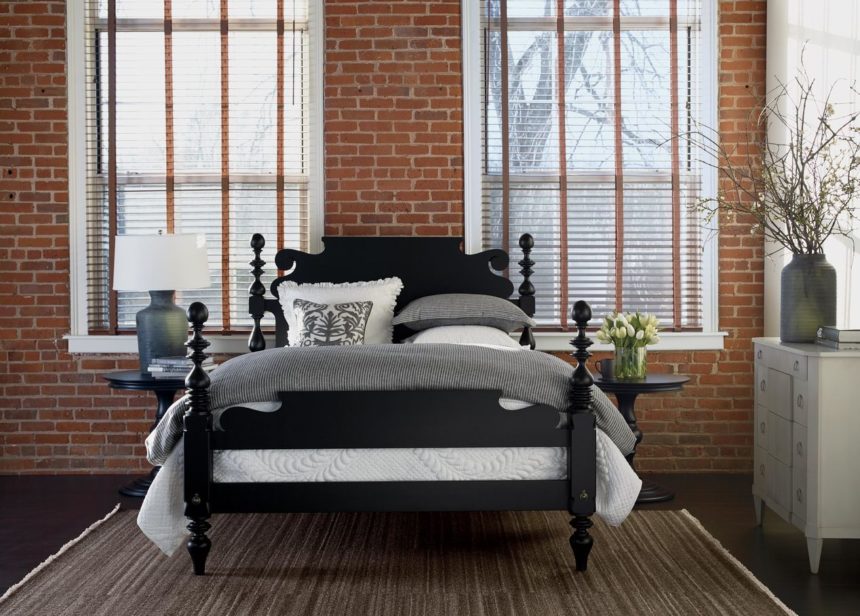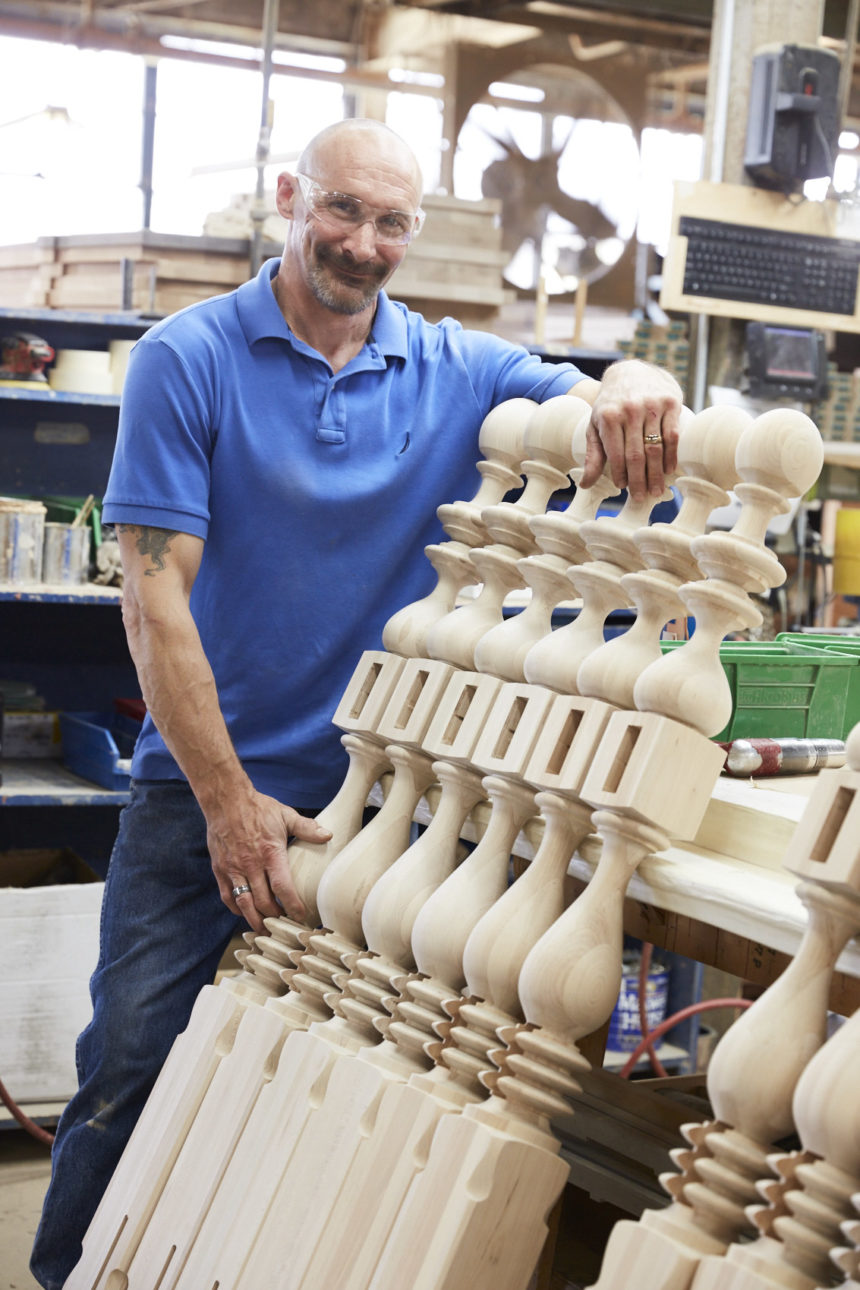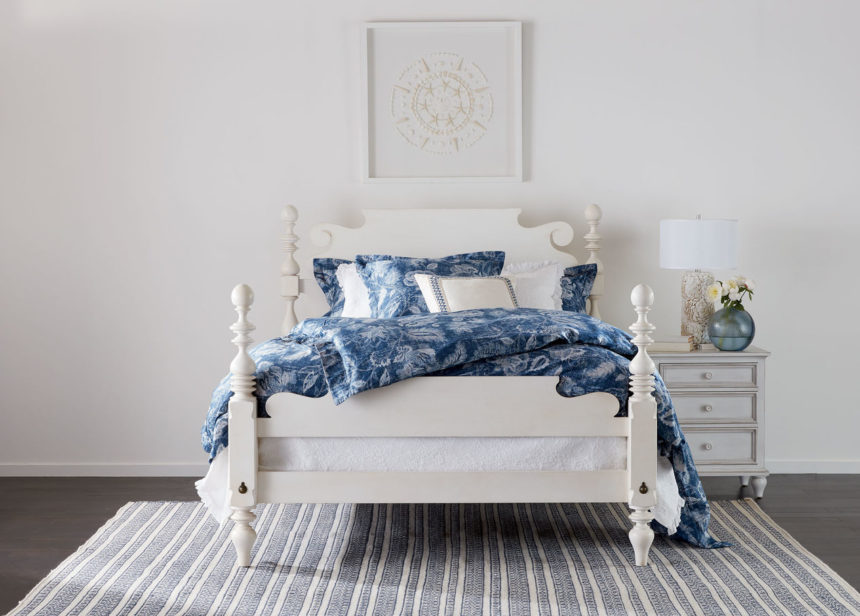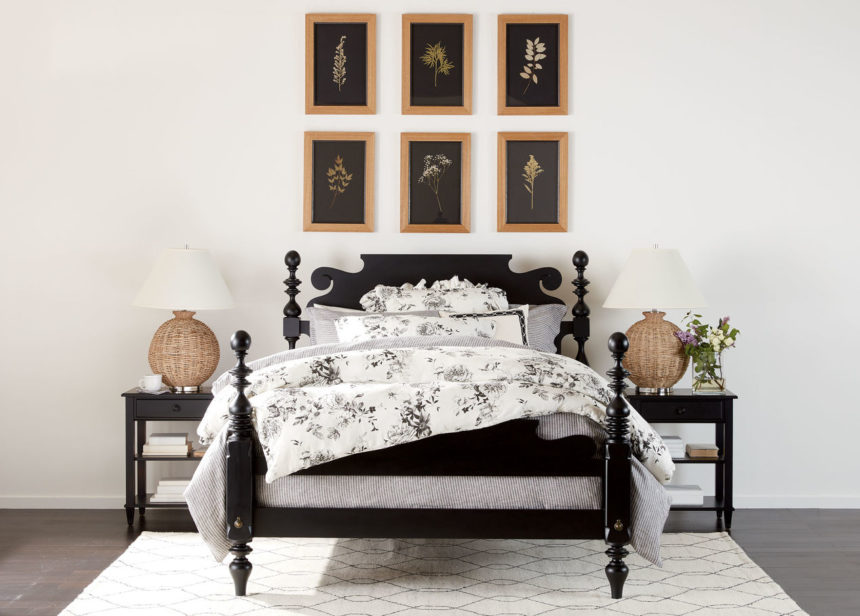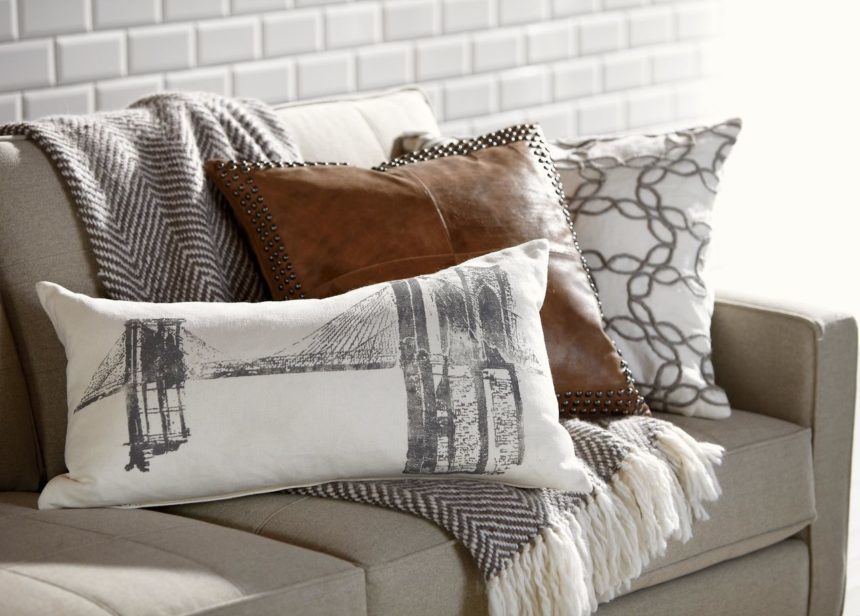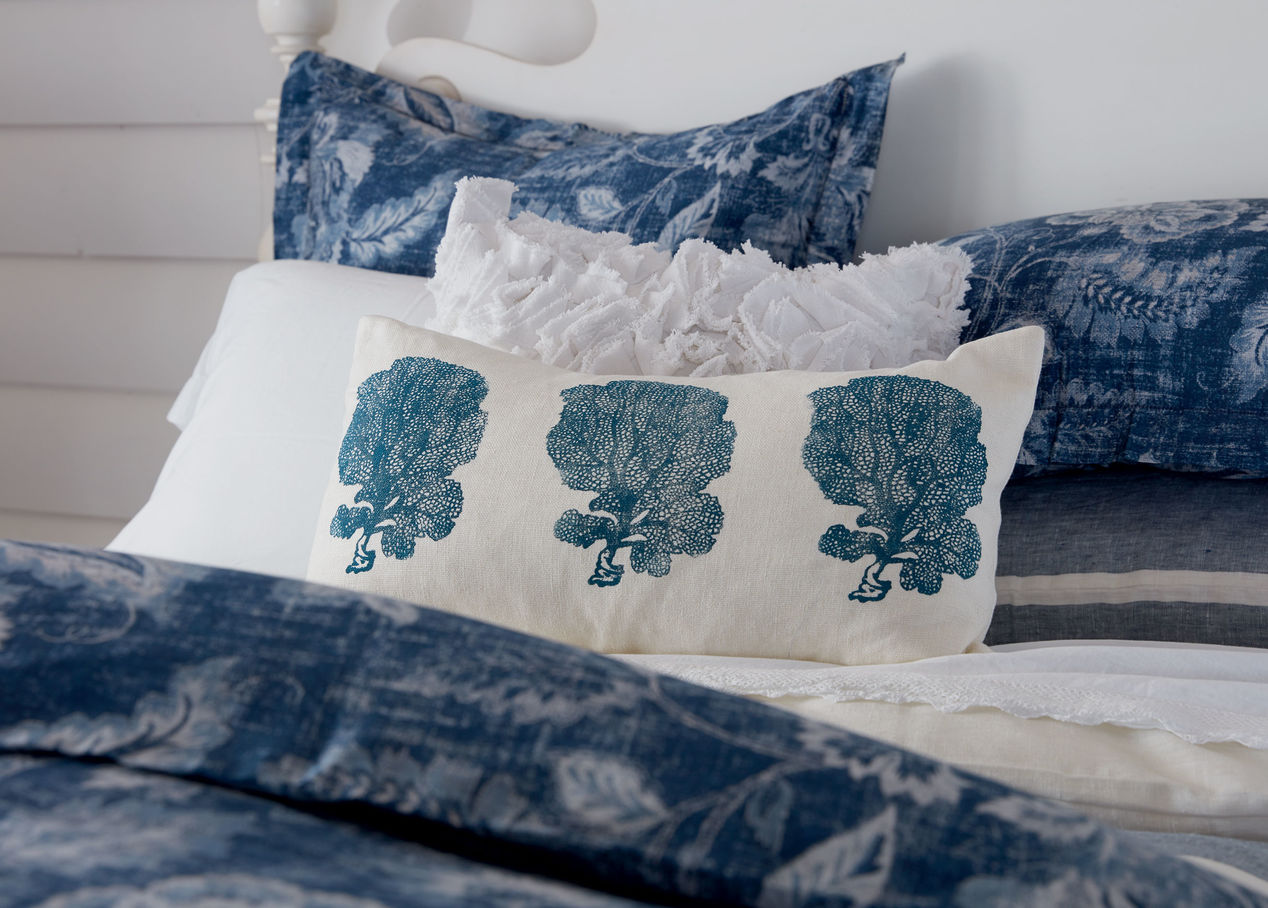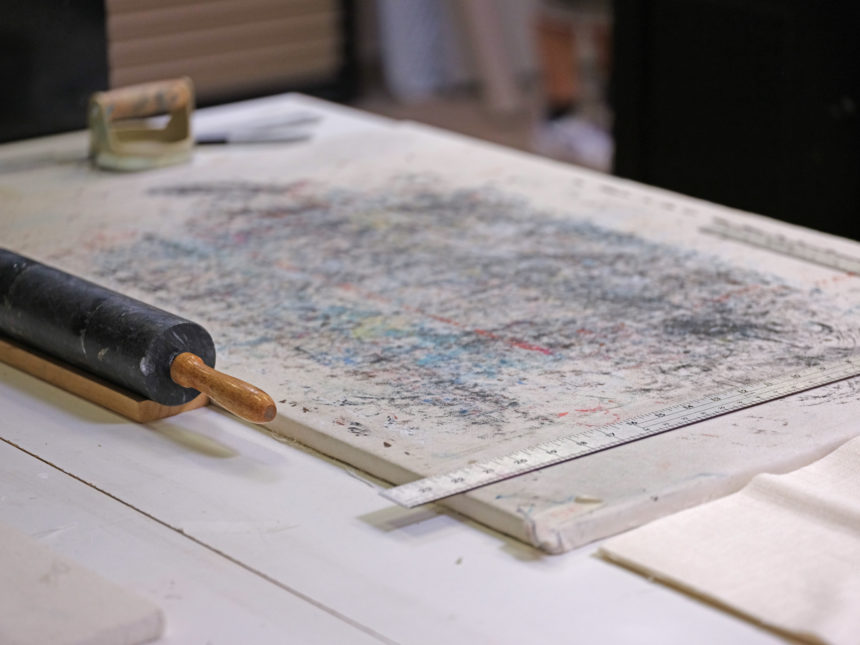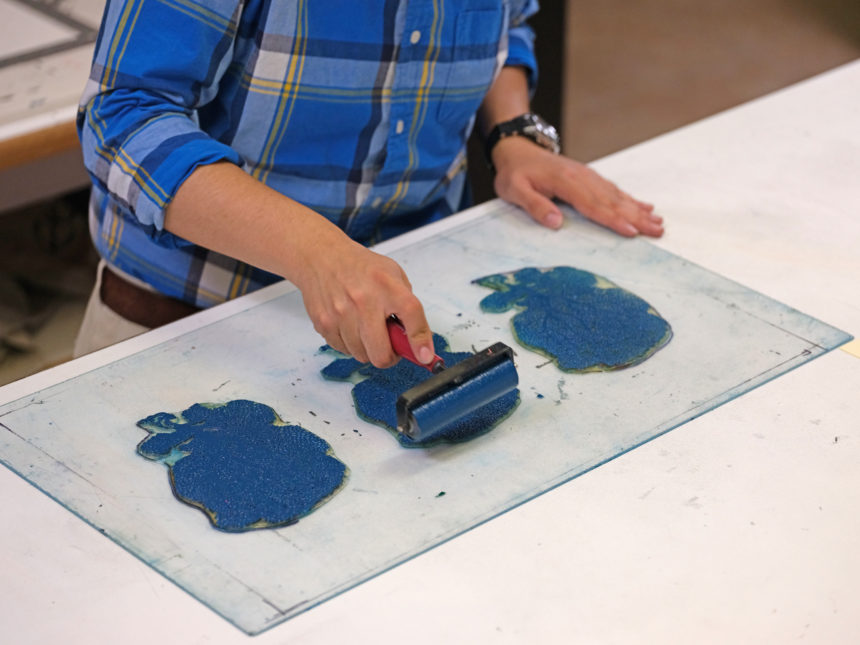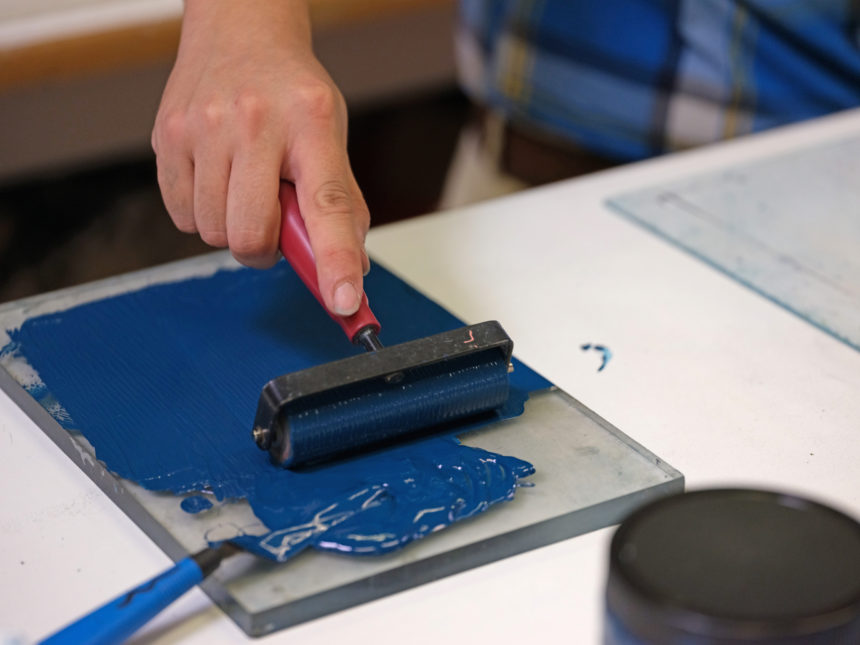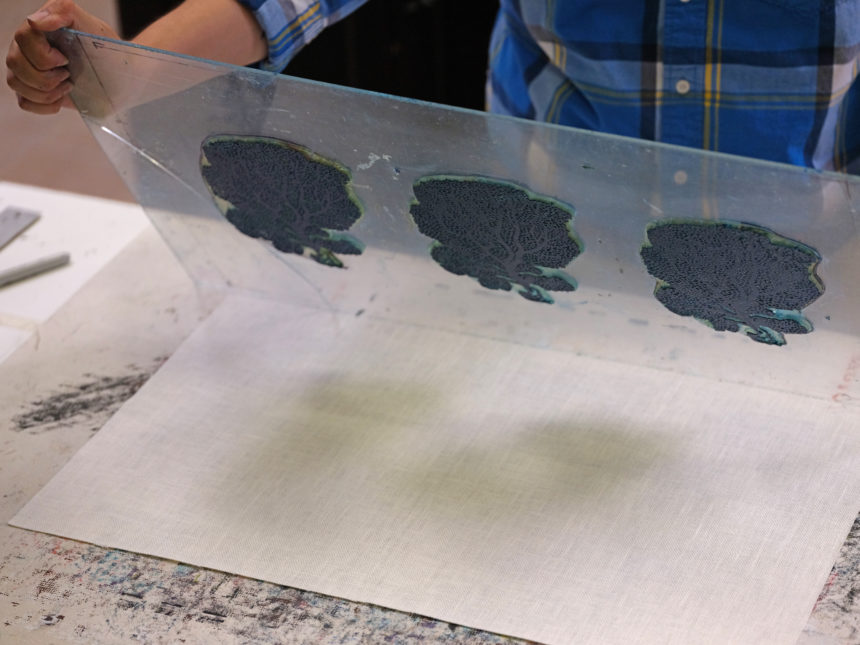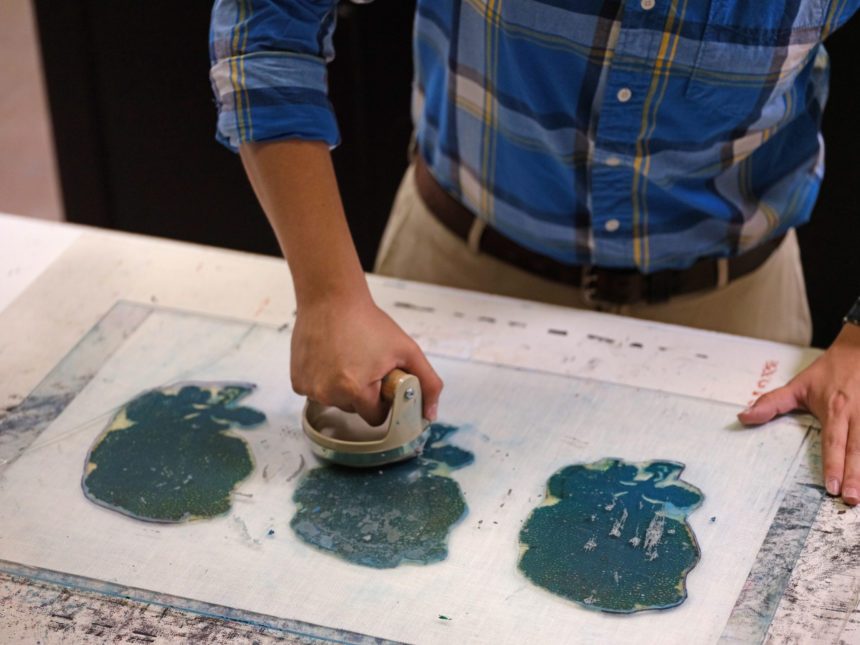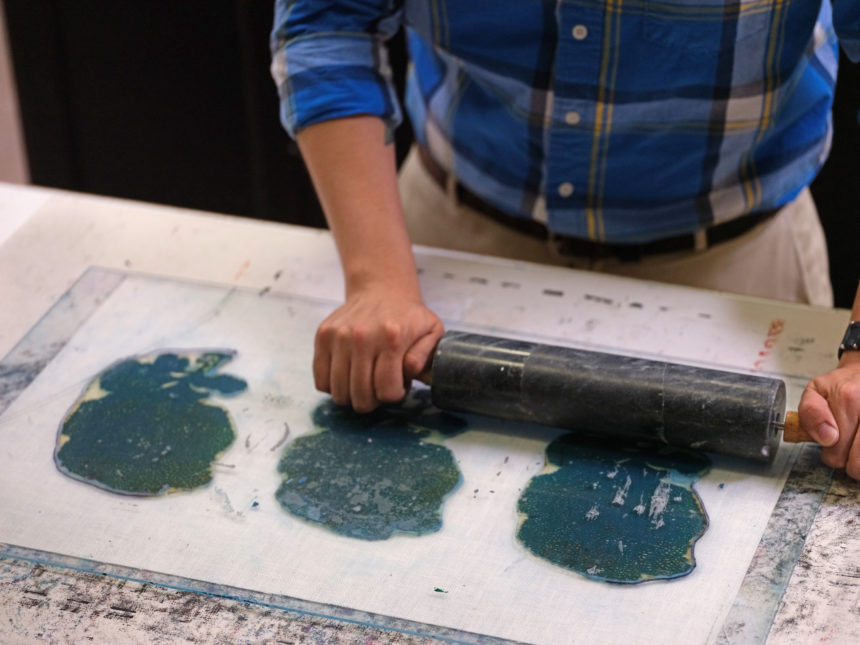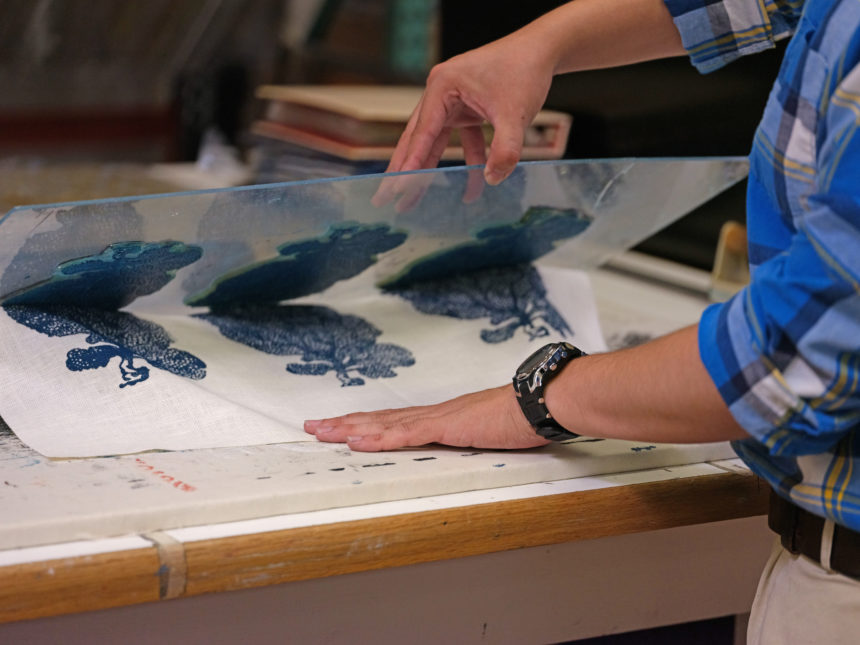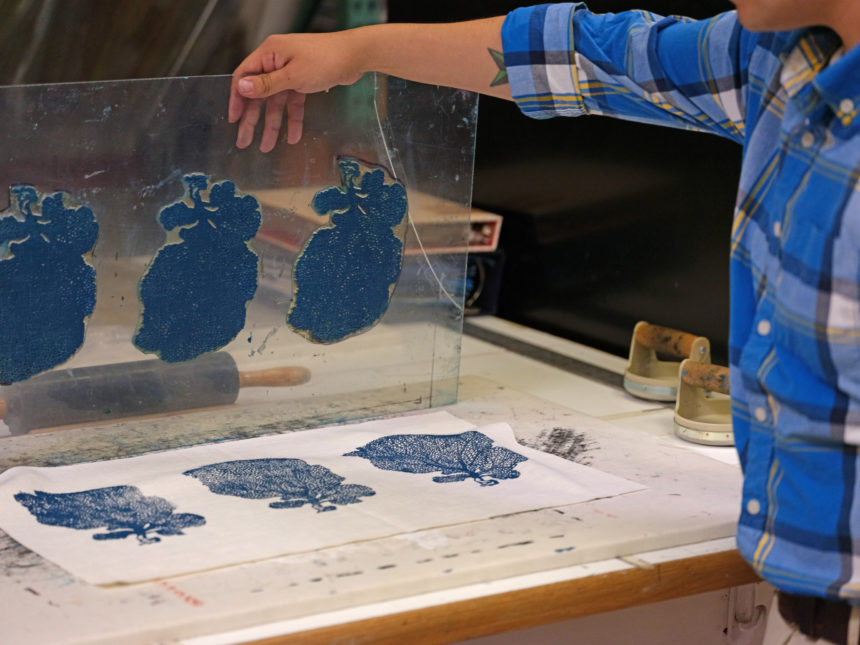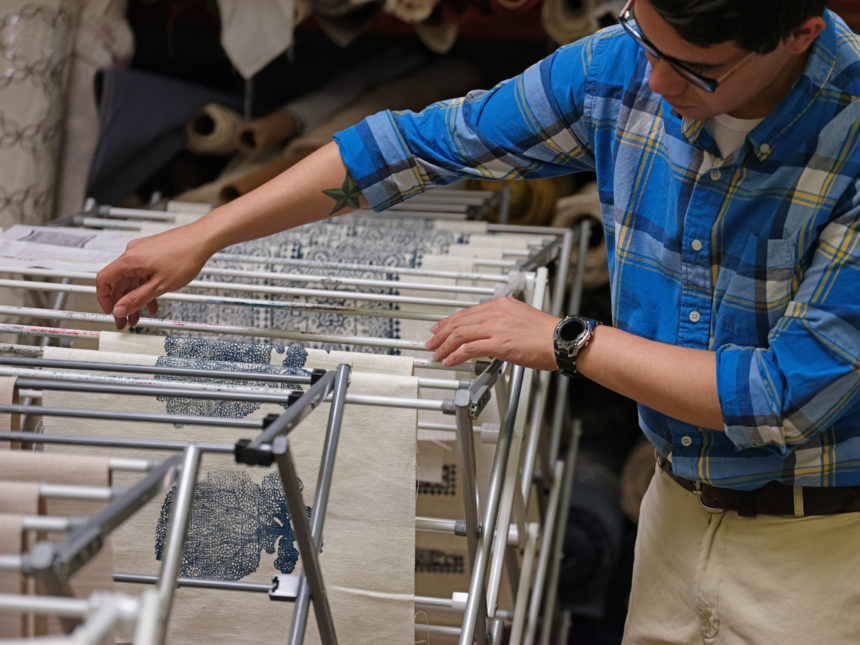Our Statement Making Furniture Speaks for Itself
Every piece of furniture we make has a personality of its own—from the Robyn bed’s country casual vibe to the Vivica chest’s go-glam-or-go-home attitude. There isn’t a chair, chest, ottoman, or etagère that doesn’t make a statement; we designed them that way! Recently we imagined what our furniture would say—how it might introduce itself, for example—if only it had the chance. We featured some table talk in our October magazine, but the conversation didn’t stop there. Meet some of our favorites:
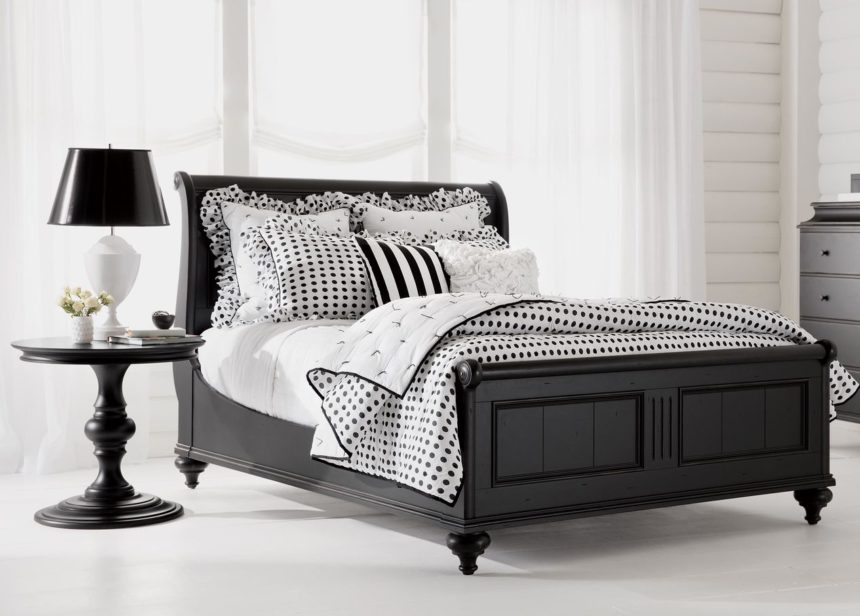
ROBYN: I’m a sleigh bed infused with a cottage vibe—contemporary yet rustic, as cozy in a city loft as I am in a summer beach house.
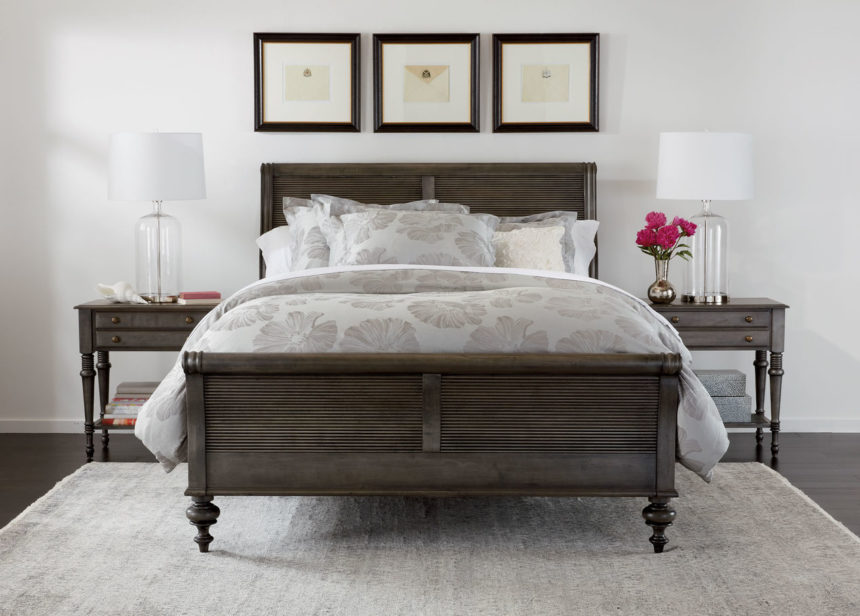
KINGSTON: I’m tropically inspired, with a reeded headboard and footboard design; I’ll instantly transform your bedroom into an island getaway.
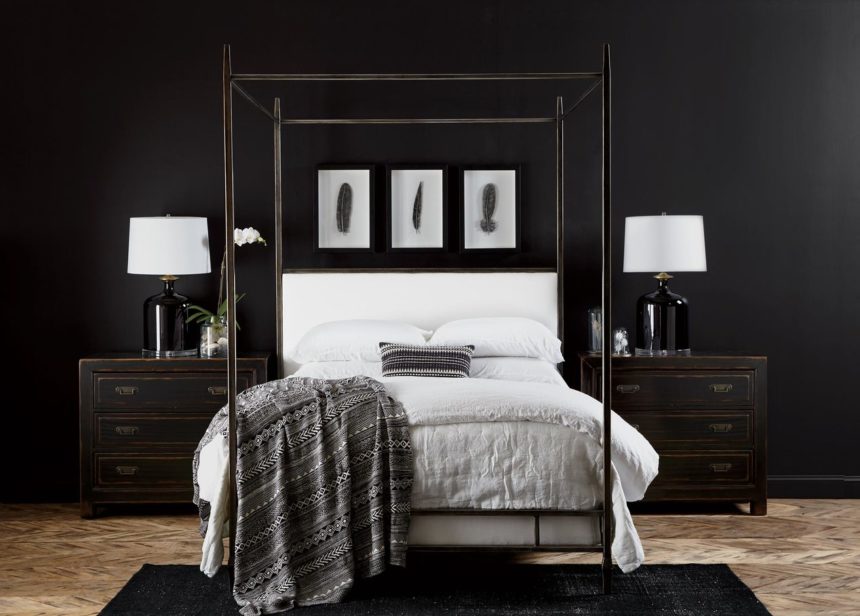
LINCOLN: I may look casual, but I have great fashion sense. My upholstered headboard can be dressed in your choice of dozens of fabrics so I can show off your unique style.
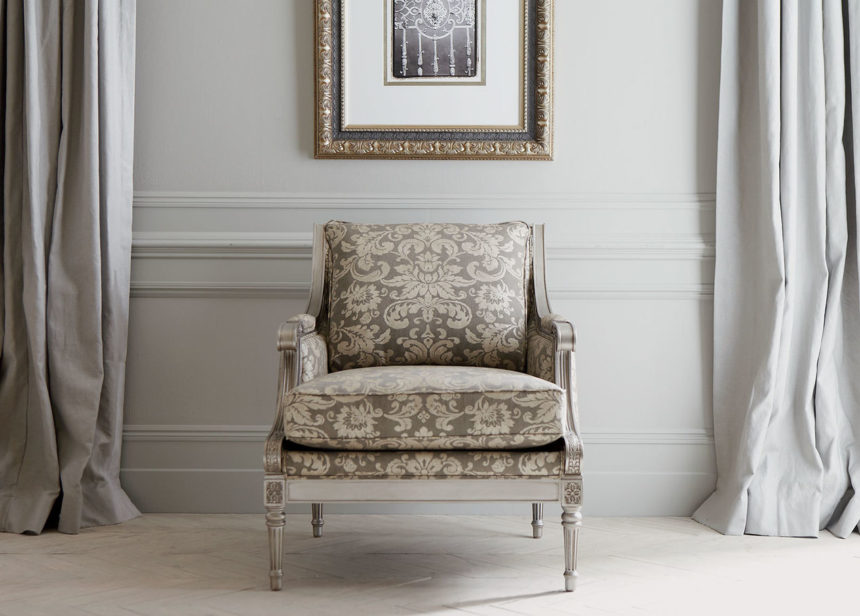
FAIRFAX: I’m proof that traditional doesn’t have to be old-fashioned. I’m neoclassical with a modern twist—and I steal the show in any space.
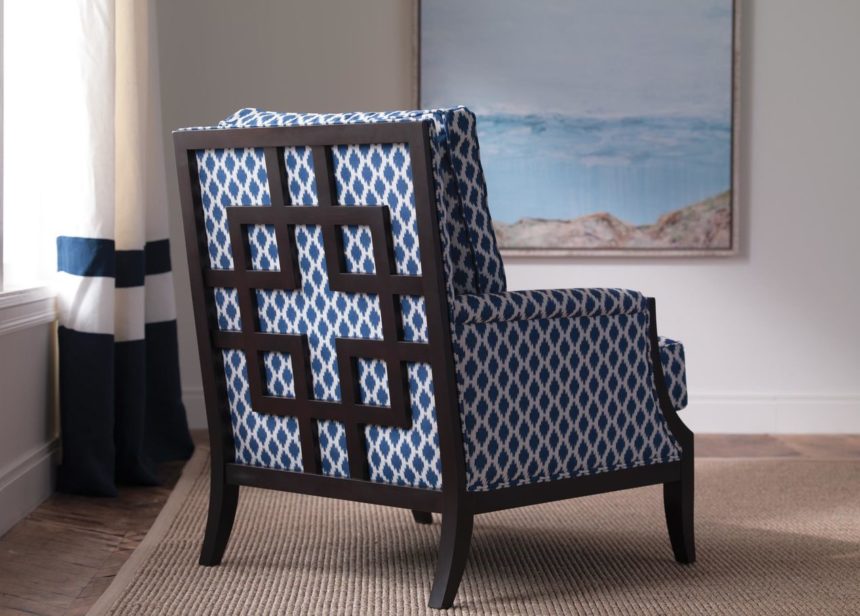
GRAYSON: I have a generous seat for roomy relaxation—and with my Chippendale-inspired design, I look fabulous anywhere, especially in the middle of a room.
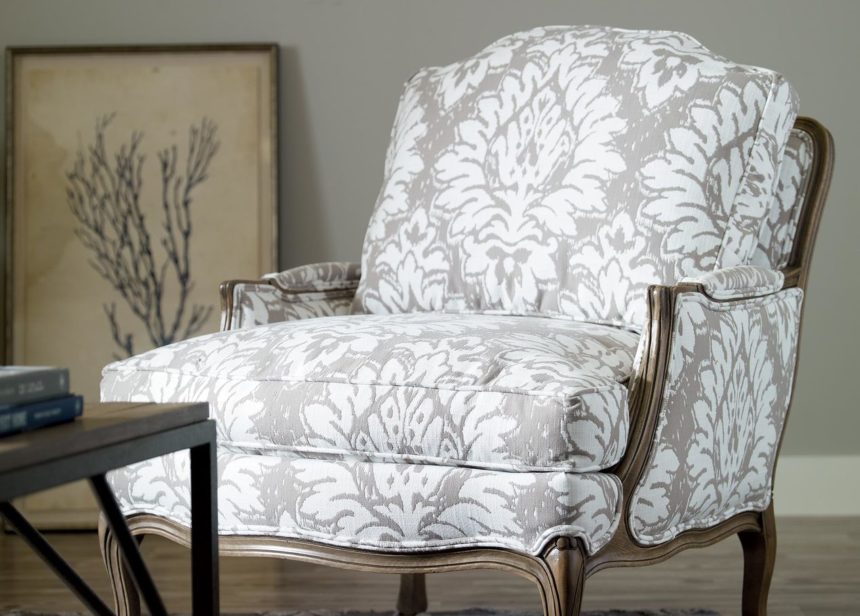
VERSAILLES: I’m inspired by Louis XV and generously proportioned for comfort. My hand-carved details are subtle—but stunning.
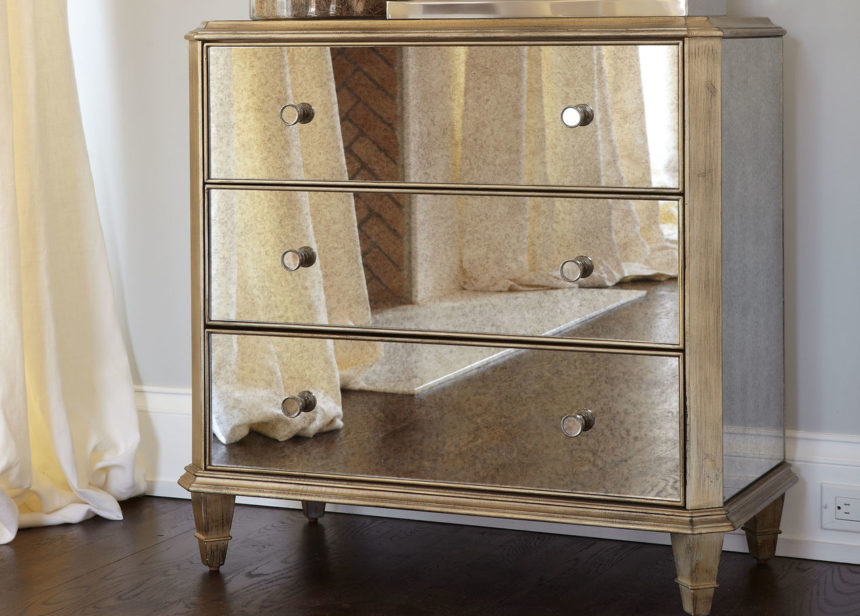
VIVICA: I’m all about the glamour; my silver leaf wood frame is dressed head-to-toe in antiqued mirror panels. Va va voom!
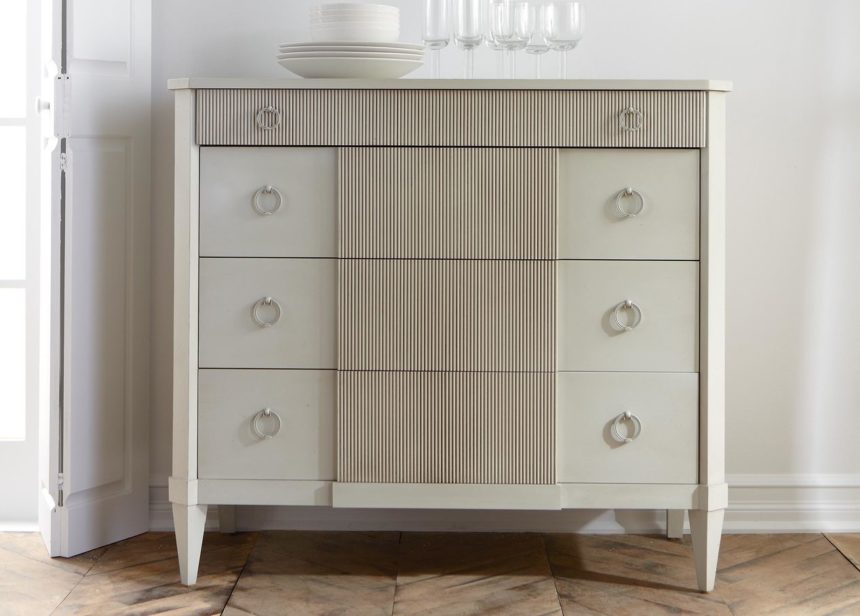
ADELAIDE: I’m Gustavian (that’s part Swedish, part French); my breakfront effect and delicate ring pulls make me one-of-a kind.
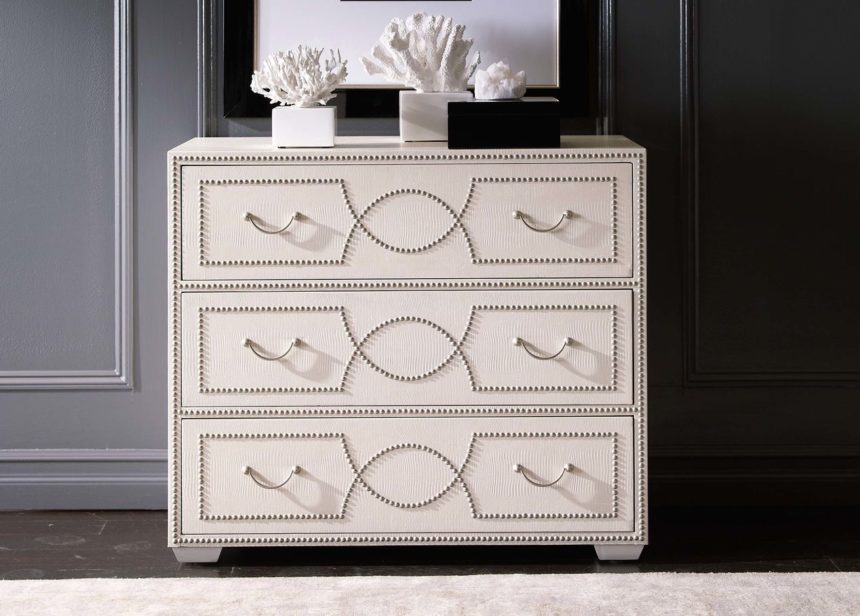
BOWEN: I’m a petite beauty with a big personality, dressed in a faux snakeskin-embossed leather in white or silver, and detailed with antiqued silver nail head trim.

